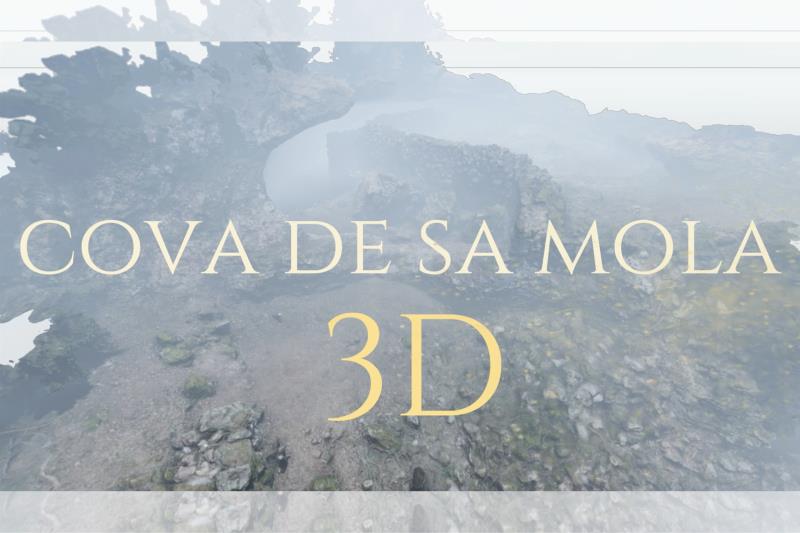 On the occasion of the organization of the “Joan Flaquer and the enigma of the 400 cups” exhibition, the team of archaeologists from the Museum of Menorca started a research project in the Sa Mola hypogeum. The main aim of this project was to solve a scientific issue, which has existed over a hundred years, by conducting an excavation and reinterpreting this archaeological site with current recording systems and methodologies.
On the occasion of the organization of the “Joan Flaquer and the enigma of the 400 cups” exhibition, the team of archaeologists from the Museum of Menorca started a research project in the Sa Mola hypogeum. The main aim of this project was to solve a scientific issue, which has existed over a hundred years, by conducting an excavation and reinterpreting this archaeological site with current recording systems and methodologies.
Two main facts constituted the starting point of the project, which involved 3D documentation and an archaeological test pit excavated outside the hypogeum: the recording of the hypogeum or rock-cut tomb number 6 at the Sa Mola necropolis, which was excavated by Joan Flaquer and Vives Escudero between 1915 and 1916; and an assemblage of prehistoric cups from the private Flaquer collection, which were located in a deposit outside this cave.
The test pit allowed for the identification of the excavation carried out by Joan Flaquer and Vives Escudero. Also, in a sector within the test pit which preserved the intact stratigraphic sequence, archaeologists obtained the whole archaeological record of the location where Flaquer recovered the assemblage of cups that formed part of his collection. In this way, under some archaeological levels, which were formed by a deposit of quicklime burials that were taken from the inside of the hypogeum, archaeologists excavated a stratigraphic unit containing more than 50 cups mixed with quicklime and faunal remains in primary position. The assemblage dates back to the 3rd and 2nd centuries BC. And this group of cups could be related to ritual feasts and the presentation of offerings to the dead who were buried in the hypogeum.
If you wish to know more about Sa Mola and the Flaquer collection, you can take a
virtual tour around the exhibition on Joan Flaquer. Moreover, in the
research section of the Museum of Menorca’s website, this information will be constantly updated.